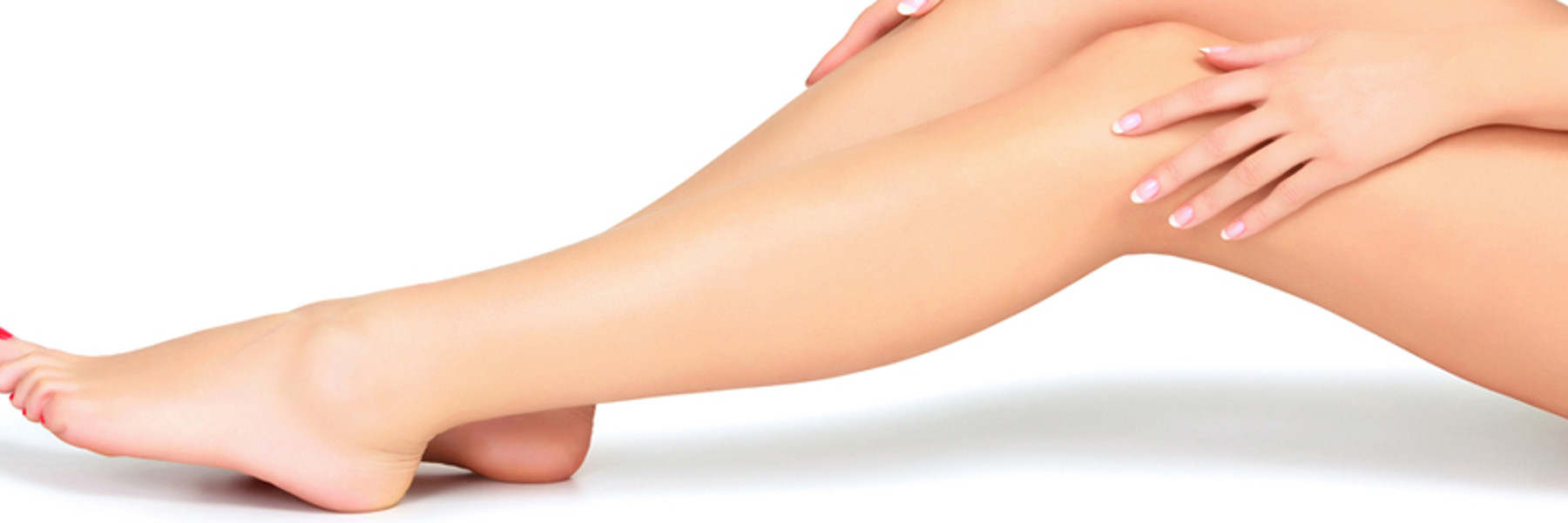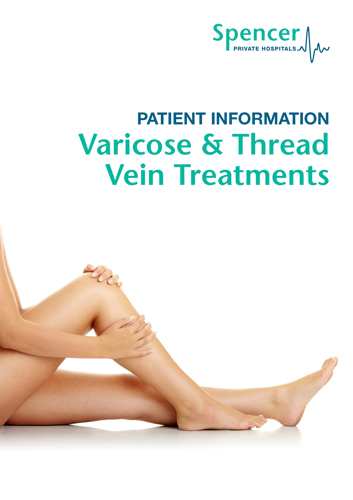Varicose Vein Laser Treatment / Surgery
How can you tell if you have Varicose Veins?
The 5 stages of Varicose Veins
How can I mitigate the symptoms of Varicose Veins?
How to Make an Appointment with us
What are Varicose Veins?
Varicose veins (also known as thread veins or spider veins) are abnormally swollen, twisted, blue veins that protrude from the surface of the skin usually on the legs.
Varicose veins often run in families and may affect up to 30% of the adult population in western countries. Men and women develop varicose veins to an equal extent, but women more frequently seek treatment. The problem may arise at any time of life but is more common with increasing age. Prolonged standing, excess weight, hormonal medications and pregnancy exacerbate the condition.
How can you tell if you have Varicose Veins?
Varicose veins are usually obvious due to their visibility, especially when we stand up. They are enlarged and tortuous often bulging beneath the skin. Early symptoms include discomfort, aching, heaviness, fatigue, burning, throbbing and cramps. They may be associated with areas of thread veins on the skin.
We always recommend consulting one of our specialists to schedule a professional diagnosis. Call 0330 019 4890 if you would like to speak to our team about your symptoms.
There are 5 stages to Varicose Veins:
| 1. Spider Veins | 2. Reticular Varicose Veins | 3. Varicose Veins Trunk |
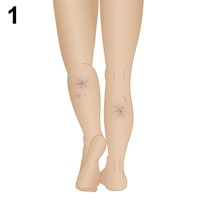 | 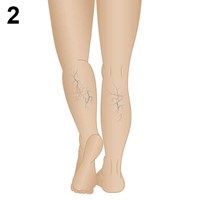 | 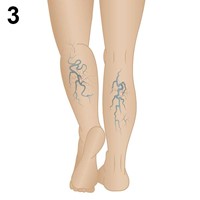 |
| 4. Chronic Venous Insufficiency | 5. Trophic Ulcers | |
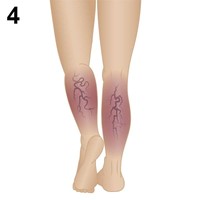 | 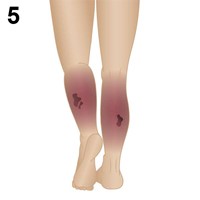 |
What causes Varicose Veins?
Varicose Veins are typically caused by the deterioration of tiny valves in our veins as we get older, although there are other causes that be brought about by lifestyle choices or by neglecting health practices. Understanding how conditions such as Varicose Veins occur is important as it can lead to prevention or eliminate the possibility of them reoccurring in future.
On its journey around your body, blood will move down through the veins in your legs, eventually making its way back up to the rest of the body. As your blood is pumped back up, these valves or flaps only open in one direction, making sure that the upwards blood flow does not drop back down.
In some cases, these microscopically sized valves can begin to underperform if they become weaker, which results in blood leaking back into the veins and collecting there. This, in turn, results in veins becoming wider as the pressure builds up, which in some severe cases can cause the veins to become twisted and much, much weaker. This condition of the veins is known as Varicose, hence Varicose Veins.
As well as ageing-induced deterioration, those who spend most of their day on their feet (teachers, hairdressers, retail workers etc.) and people who are overweight are also susceptible.
4 Tips for Relief if You’re Suffering
Stay active. Keeping your legs active during the day can relieve pressure in your varicose veins and improve circulation. Low impact exercise like swimming and walking will work your calf muscles.
Stay cool. Increased heat can dilate your veins and cause pain, increased aching and tenderness. Wear loose clothing in breathable cotton whenever possible.
Keep legs elevated. When sitting for long periods, keep your feet elevated using a box/stool. If you are at home, you can also lie down and prop your feet up with pillows.
Stay hydrated. Drink plenty of water and other fluids throughout the day. This will cool you down and improve your circulation.
How can I mitigate the symptoms of Varicose Veins?
In some mild cases, the symptoms and inherent issues that follow can be prevented with a simple support stocking, although there must also be some form of treatment to ensure that problems are kept at bay.
Why Treat Varicose Veins? Will Blood Flow be Affected?
As described earlier, varicose veins are caused by worn-out or damaged valves within “superficial” veins. Unfortunately, the damaged valves cannot be mended, so the best way to treat the issue is to have the affected veins removed entirely.
Once all affected and varicose veins are removed, the vital “deep veins” will remain, which means essential blood flow will continue as normal. It is thus perfectly safe and indeed beneficial to remove them.
The removal of varicose veins does not affect blood flow, because other veins and “deep veins” are important for our bodies blood flow.
If left untreated, irritation of the skin around the ankles with swelling of the feet (worse at the end of the day) and discolouration may occur. Finally, eczema, phlebitis (inflammation of the vein) and ulceration may occur. Large varicose veins can also be easily damaged by a minor injury resulting in profuse bleeding. Many people, however, only suffer the cosmetic effects of visible veins.
Booking a Diagnosis
Careful clinical examination of the leg veins is necessary before treatment starts. An ultrasound scan is used to assess the veins which cannot be seen through the skin. This painless investigation allows accurate diagnosis and mapping of your leg veins so that a bespoke treatment of your veins can be offered and provided. Most patients seen by our specialist will then undergo a Sonosite Doppler ultrasound scan of the leg veins at the time of their initial consultation. Colour duplex ultrasound imaging provides a moving picture of the blood vessels in the leg. A blood flow 'map' is added which shows the direction of blood flow in veins.
Knowing where the problem has arisen enables accurate treatment to be planned thus reducing the risk of recurrence. Long-term recurrence rates are thus reduced to less than 5% in comparison to a recurrence rate throughout the UK estimated to be as high as 30%.
We always recommend consulting one of our specialists to schedule a professional diagnosis. Call 0330 019 4890 if you would like to speak to our team about your symptoms or concerns.
Varicose Vein Treatment
Most patients who are seen by our specialists are offered laser treatment for their varicose veins - Endovenous Laser Ablation (EVLA*) - rather than surgical stripping of their veins. Depending on the extent of veins present and the patient's preference, this may be carried out on an outpatient basis under local anaesthetic or day case basis under general anaesthesia. Under ultrasound guidance, a thin fibre-optic probe is inserted through a tiny entry point, usually near the knee. Laser energy is delivered in short pulses to seal the faulty vein so that blood cannot flow through it. The lasering is not painful but there is some discomfort from the local anaesthetic injections. The procedure takes about 50 minutes per leg.
You may require some additional treatment for the management of any residual smaller varicosities in the lower leg – usually through very small stab incisions called avulsions. This can be undertaken at the same time or later, depending on the pattern of veins and type of anaesthetic used. After treatment, the blood in the faulty veins will be diverted to the many normal veins in the leg. Walking immediately after the procedure is encouraged.
EVLA has a very good safety record with significant complications being very rare. It is over 95% successful at obliterating the cause of the varicosities and 90% of patients are happy with the results. Recurrence of varicosities after EVLA is uncommon; this occurs in around 5% of cases. Side-effects from EVLA are minor but do expect bruising, with some discomfort most apparent at 5 days and a tight feeling as the vein contracts. Serious complications are very rare but could include DVT (deep vein thrombosis), skin burns, nerve damage causing patches of skin numbness, leg swelling and arterial damage.
*EVLA may not always be a suitable treatment; however, this would not be known until after your first consultation.
Foam Sclerotherapy
Liquid sclerotherapy (injection treatment) is still the treatment of choice for thread veins but for larger veins the results of just injecting liquids are not good enough. Some doctors even use foam as a substitute for major surgical stripping but EVLA is more effective and durable for larger veins.
Aftercare
Following your EVLA* procedure, you should take a 15-minute walk around before you leave the hospital. You will have to wear compression stockings for two weeks after the treatment and we advise that you do not fly for at least three weeks but otherwise you can get on with your life as normal with minimal time off work.
You are advised to wear your stockings for 2 weeks night and day. You should keep your stockings on for 3 days and nights and only remove your stockings for the first time 3 days after the procedure. Remove the stocking and bandages, and soak in the bath for 5-10 minutes to remove any paper stitches. However, you should not stand up without the stockings on, so, for this reason, you should not take a shower in the first 2 weeks. You should wear the stockings day and night for the remainder of the 2 weeks but can take them off during this time to take a bath.
Take regular pain relief for at least 5 days after the procedure. You are advised to buy some Paracetamol and Ibuprofen before your operation, so you have sufficient at home to take regularly. At home, you are encouraged to take regular exercise, including plenty of walking. We advise you to walk for a minimum of 20 minutes in the morning and the evening. It is important to remain as active as possible with several short walks during the day.
The two things to avoid are standing still and sitting for long periods, such as in the car, at the dining table or at your desk. When sitting you are advised to rest your legs on a footstool. You may experience increased discomfort at about 4-5 days. This is caused by the inflammation of the vein and will be helped by the Ibuprofen. Any bruising will resolve over the next few weeks. In addition, you can have some lumpiness under the scars and this will also resolve over time. It is safe for you to drive when you feel confident to do an emergency stop and this is normally within a few days after treatment. You may return to work the following day or within a few days depending on your occupation.
How to Make an Appointment with us
Making an appointment with Spencer Private Hospitals is easy, and our helpful staff will take care of all your needs. We pride ourselves on giving our patients a high level of service and comfort.
You may write to us using our online contact form or, alternatively, call the number below to book your varicose vein treatment or to speak to a member of our dedicated customer service team for more information.
Call 0330 019 4890 now
Download our Varicose Vein Booklet for more information:
FAQs
For treating varicose veins, our specialist uses one of the latest laser systems - the side-firing 1470nm ELVeS® system from Biolitec. This has inherent patient safety advantages as well as being very effective. The 1470nm wavelength confers the added advantage of minimizing post-operative inflammatory pain and bruising compared to the more commonly found 810-980nm lasers used in many private clinics.
Varicose Veins do not get better by themselves; indeed they get worse slowly and progressively. Early treatment often prevents the symptoms from developing and, of course, removes the unsightly appearance. In fact, the earlier you receive specialist treatment the better the long term clinical and cosmetic results.
Treatment is designed for each patient based on the clinical history, examination and investigation with a Doppler ultrasound scan. When functioning normally, the entire system of superficial veins only returns less than 10% of the blood flow from the legs. However, varicose veins are not normal veins. They are diseased vessels that allow venous blood to move back down the leg – in the wrong direction as shown in this drawing. This interferes with normal circulation and forces normal veins to work harder.
Eliminating the diseased veins is good for your circulation and reduces the workload for normal veins. When varicose veins are eliminated, patients often notice that their legs feel better and less tired.
Careful clinical examination of the leg veins is necessary before treatment starts. An ultrasound scan is used to assess the veins which cannot be seen through the skin. This painless investigation allows accurate diagnosis and mapping of your leg veins so that a bespoke treatment of your veins can be offered and provided. Most patients seen undergo a Sonosite Doppler ultrasound scan of the leg veins at the time of their initial consultation. Colour duplex ultrasound imaging provides a moving picture of the blood vessels in the leg. A blood flow 'map' is added which shows the direction of blood flow in veins.
Knowing where the problem has arisen enables accurate treatment to be planned thus reducing the risk of recurrence. Long term recurrence rates are thus reduced to less than 5% in comparison to a recurrence rate throughout the UK estimated to be as high as 30%.
Most patients are offered endovenous laser ablation (EVLA*) rather than surgical stripping of their veins. Depending on the extent of veins present and the patient's preference, this may be carried out on an outpatient basis under local anaesthetic or day case basis under general anaesthesia. Under ultrasound guidance, a thin fibre-optic probe is inserted through a tiny entry point, usually near the knee. Laser energy is delivered in short pulses to seal the faulty vein so that blood cannot flow through it. The lasering is not painful but there is some discomfort from the local anaesthetic injections. The procedure takes about 50 minutes per leg.
You may require some additional treatment for the management of any residual smaller varicosities in the lower leg – usually through very small stab incisions called avulsions. This can be undertaken at the same time or later, depending on the pattern of veins and the type of anaesthetic used. After treatment, the blood in the faulty veins will be diverted to the many normal veins in the leg. Walking immediately after the procedure is encouraged.
EVLA has a very good safety record with significant complications being very rare. It is over 95% successful at obliterating the cause of the varicosities and 90% of patients are happy with the results. Recurrence of varicosities after EVLA is uncommon; this occurs in around 5% of cases. Side-effects from EVLA are minor but do expect bruising, with some discomfort most apparent at 5 days and a tight feeling as the vein contracts. Serious complications are infrequent but could include DVT (deep vein thrombosis), skin burns, nerve damage, causing patches of skin numbness, leg swelling and arterial damage. You will have to wear compression stockings for two weeks after the treatment and we advise that you do not fly for at least three weeks but otherwise you can get on with your life as normal with minimal time off work.
*EVLA may not always be a suitable treatment; however, this would not be known until after your first consultation.
Foam Sclerotherapy
Liquid sclerotherapy (injection treatment) is still the treatment of choice for thread veins but for larger veins the results of just injecting liquids are not good enough. Some doctors even use foam as a substitute for major surgical stripping but EVLA is more effective and durable for larger veins.
